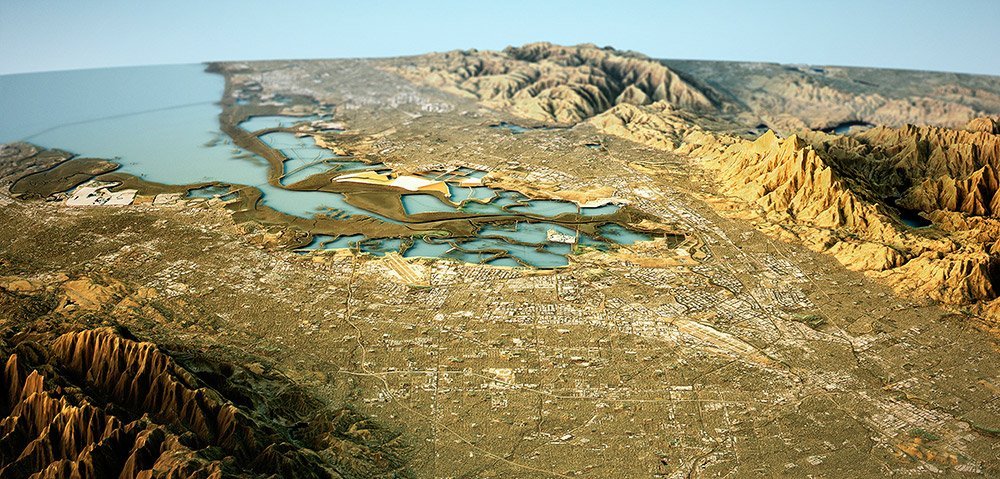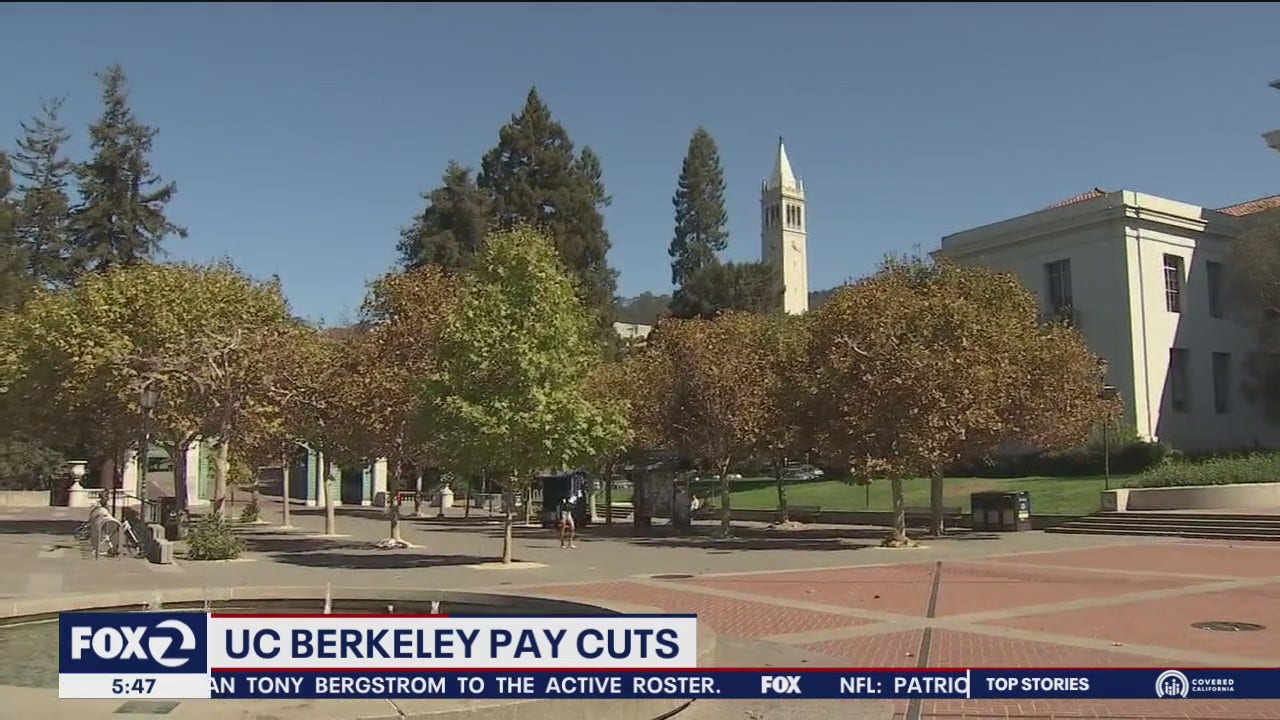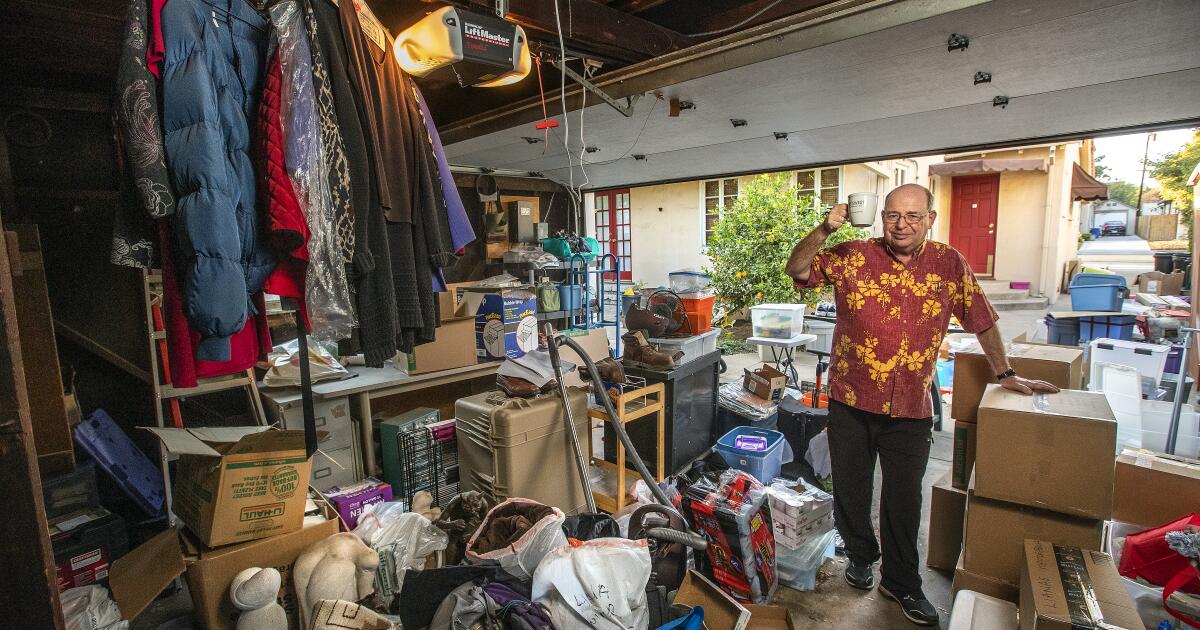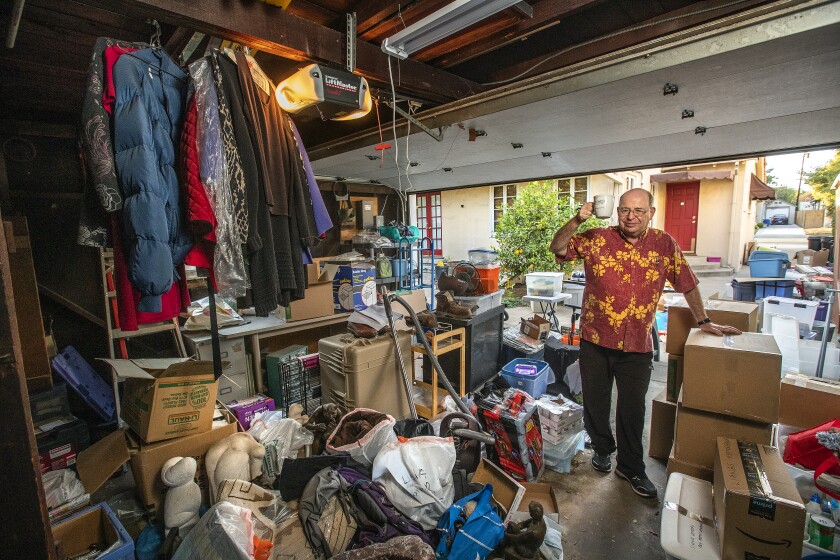Interesting article from Germany
California's coast is sinking
Ground subsidence affects millions of residents of San Francisco and Los Angeles
Creeping danger: In many coastal areas of California the ground literally sinks away from under people's feet, as measurements reveal. The subsoil there is sinking by up to eight millimeters per year - making these areas doubly susceptible to sea-level rise. Up to eight million people are affected, including the inhabitants of the metropolises Los Angeles and San Francisco.
The coastal areas are among the most densely populated areas on earth, and at the same time they are the areas most affected by sea-level rise and storm surges. Some 250 million people already live less than one meter above the flood line. And that is not the only problem: On many coasts, the ground is also sinking further and further, thus increasing the risk of flooding. The Mekong delta and other coasts of Asia are affected by this, as well as parts of the US east coast.
Sink rate of up to eight millimeters per year
Now it is becoming apparent that the subsoil is gradually sinking even on the Californian coast. Researchers led by Emma Blackwell of Arizona State University have determined this with the help of high-resolution satellite radar data and ground-based measurements. This allowed them to estimate the subsidy along a good 1,300 kilometers of coastline to within a millimeter per year and a spatial resolution of 100 meters.
The result: although there are some coastal zones in California where the ground is rising - including parts of Central California and an area north of the Bay Area - the results are very encouraging. However, the measured data show a significant ground subsidence, particularly in many densely populated urban areas. According to the data, the subsoil is sinking by up to eight millimeters per year in some zones up to 300 kilometers in size.
San Francisco: Near plate border strengthens subsidiarity
Four already low-lying metropolitan regions are particularly affected by the subsidence of the ground: San Francisco, Monterey Bay, Los Angeles and San Diego. In the Bay Area, the subsidence rates reach values of 5.9 millimeters per year on average. At San Francisco Airport, the values are even around ten millimeters per year, as the team determined as early as 2018. This could make it unusable in the long term.
Display
The reason for this subsidence is primarily the location of the Bay Area directly on a plate boundary: "The subsidy around the Bay of San Francisco is strongly influenced by tectonics, especially the San Andreas Fault," explain Blackwell and her team. But gradual compression of the soft sediment also plays a role, for example at San Francisco Airport.
Los Angeles: groundwater extraction and oil production
In Los Angeles, the subsoil is sinking, especially in some areas directly on the coast and in parts of the hinterland. "This reflects the heavy use of groundwater in this region and also the extraction of fossil fuels," the scientists explain. The subsidy rates of this metropolis are two to three millimeters per year, and the situation is similar in San Diego. There, however, the soft sediment causes much of the subsidence.
By far the strongest subsidence is in the area around Monterey Bay. There the subsidence rates reach up to 8.7 millimeters per year. One reason for this is the tectonic activity of the San Andreas Fault and other disturbances, according to the researchers. On the other hand, however, the soft ice age sediment that gradually becomes denser in these old river alluvial areas.
Up to eight million people affected
All in all this means: In these four major metropolitan areas alone, millions of people are affected by both sea-level rise and subsidence. Above all, the often flat but densely built-up parts of these cities are thus exposed to an increased risk of flooding. In Los Angeles and San Francisco alone, more than two million people each live in such risk zones, as the researchers report.
"Overall, we estimate that between 4.3 and 8.7 million people in California's coastal communities are affected by the subsidence of the ground," say Blackwell and her colleagues. "Our study thus underscores the urgency with which flood control plans must also be adapted to this subsidence of land areas.

 www.scinexx.de
www.scinexx.de
California's coast is sinking
Ground subsidence affects millions of residents of San Francisco and Los Angeles
Creeping danger: In many coastal areas of California the ground literally sinks away from under people's feet, as measurements reveal. The subsoil there is sinking by up to eight millimeters per year - making these areas doubly susceptible to sea-level rise. Up to eight million people are affected, including the inhabitants of the metropolises Los Angeles and San Francisco.
The coastal areas are among the most densely populated areas on earth, and at the same time they are the areas most affected by sea-level rise and storm surges. Some 250 million people already live less than one meter above the flood line. And that is not the only problem: On many coasts, the ground is also sinking further and further, thus increasing the risk of flooding. The Mekong delta and other coasts of Asia are affected by this, as well as parts of the US east coast.
Sink rate of up to eight millimeters per year
Now it is becoming apparent that the subsoil is gradually sinking even on the Californian coast. Researchers led by Emma Blackwell of Arizona State University have determined this with the help of high-resolution satellite radar data and ground-based measurements. This allowed them to estimate the subsidy along a good 1,300 kilometers of coastline to within a millimeter per year and a spatial resolution of 100 meters.
The result: although there are some coastal zones in California where the ground is rising - including parts of Central California and an area north of the Bay Area - the results are very encouraging. However, the measured data show a significant ground subsidence, particularly in many densely populated urban areas. According to the data, the subsoil is sinking by up to eight millimeters per year in some zones up to 300 kilometers in size.
San Francisco: Near plate border strengthens subsidiarity
Four already low-lying metropolitan regions are particularly affected by the subsidence of the ground: San Francisco, Monterey Bay, Los Angeles and San Diego. In the Bay Area, the subsidence rates reach values of 5.9 millimeters per year on average. At San Francisco Airport, the values are even around ten millimeters per year, as the team determined as early as 2018. This could make it unusable in the long term.
Display
The reason for this subsidence is primarily the location of the Bay Area directly on a plate boundary: "The subsidy around the Bay of San Francisco is strongly influenced by tectonics, especially the San Andreas Fault," explain Blackwell and her team. But gradual compression of the soft sediment also plays a role, for example at San Francisco Airport.
Los Angeles: groundwater extraction and oil production
In Los Angeles, the subsoil is sinking, especially in some areas directly on the coast and in parts of the hinterland. "This reflects the heavy use of groundwater in this region and also the extraction of fossil fuels," the scientists explain. The subsidy rates of this metropolis are two to three millimeters per year, and the situation is similar in San Diego. There, however, the soft sediment causes much of the subsidence.
By far the strongest subsidence is in the area around Monterey Bay. There the subsidence rates reach up to 8.7 millimeters per year. One reason for this is the tectonic activity of the San Andreas Fault and other disturbances, according to the researchers. On the other hand, however, the soft ice age sediment that gradually becomes denser in these old river alluvial areas.
Up to eight million people affected
All in all this means: In these four major metropolitan areas alone, millions of people are affected by both sea-level rise and subsidence. Above all, the often flat but densely built-up parts of these cities are thus exposed to an increased risk of flooding. In Los Angeles and San Francisco alone, more than two million people each live in such risk zones, as the researchers report.
"Overall, we estimate that between 4.3 and 8.7 million people in California's coastal communities are affected by the subsidence of the ground," say Blackwell and her colleagues. "Our study thus underscores the urgency with which flood control plans must also be adapted to this subsidence of land areas.

Kaliforniens Küste sinkt
Schleichende Gefahr: In vielen Küstengebieten Kaliforniens sinkt den Menschen buchstäblich der Boden unter den Füßen weg, wie Messungen enthüllen. Der





